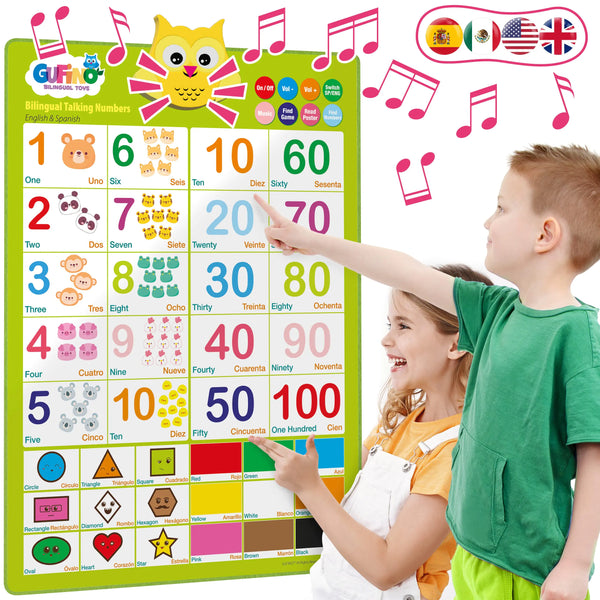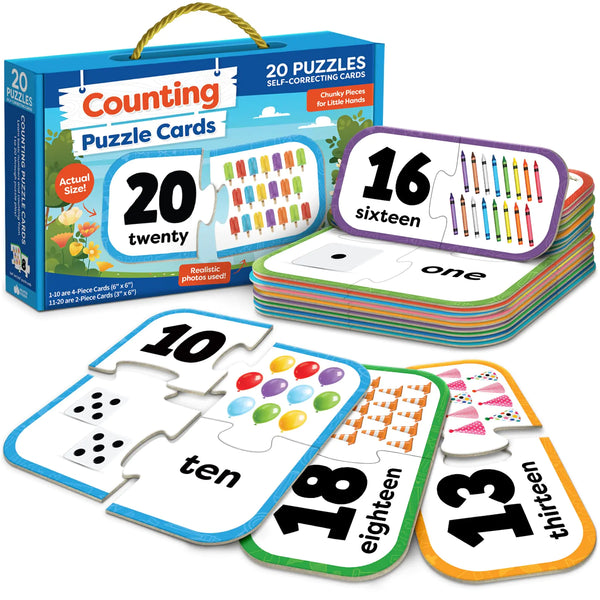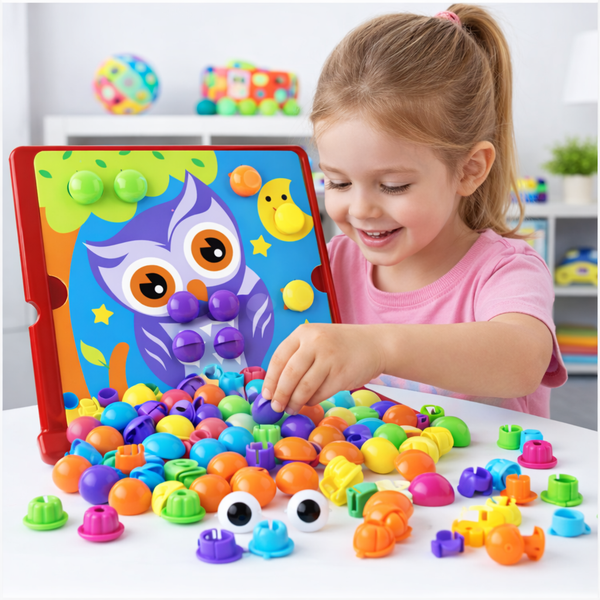Delving into DIY electronics kits offers teens a hands-on opportunity to learn and apply the principles of electronics, coding, and engineering. These kits not only provide educational benefits but also enhance critical thinking and problem-solving skills, making them an excellent choice for young enthusiasts eager to explore the world of technology.
Key Takeaways
- Choosing the right kit involves understanding the teen's skill level and the complexity of the project.
- Popular projects include robot kits, wearable electronics, and home automation systems.
- Essential tools for these projects typically include a soldering iron, safety gear, and various hand tools.
- Integrating coding with electronics opens up numerous possibilities for customization and functionality enhancement.
- Community resources, online forums, and competitions can significantly bolster learning and engagement.
Choosing the Right DIY Electronics Kit

Understanding Skill Levels
When selecting a DIY electronics kit for your teen, it's crucial to match the kit's complexity with their current skill level. Beginners should start with basic kits that focus on simple circuits and easy-to-follow instructions. As their skills advance, they can move on to more complex projects that include programming and multi-component circuits.
Factors to Consider
Several factors influence the choice of the right kit. Price, educational value, and the quality of components are paramount. Look for kits that offer clear learning outcomes and growth opportunities. It's also wise to choose kits that are expandable or compatible with other sets, providing a way to build on existing knowledge and investment.
Where to Buy
Purchasing the right kit can be as important as choosing one. I recommend buying from reputable sources that offer support and resources. Online stores often have a wider range of options and reviews that can help guide your decision. Local stores might offer the benefit of seeing the product firsthand and supporting local businesses. Always check if the store has a good return policy in case the kit does not meet your expectations.
Popular DIY Electronics Projects

Robot Kits
I've found that robot kits are a fantastic way for teens to dive into the mechanics and electronics of building their own little companions. These kits not only teach the basics of robotics but also inspire creativity and problem-solving skills. Building a robot from scratch can be a thrilling challenge that combines learning with hands-on experience.
Wearable Electronics
Imagine your teen creating their own smartwatch or fitness tracker! Wearable electronics kits allow them to explore the integration of technology and fashion. It's a great way to introduce them to wearable tech and the concept of IoT (Internet of Things), making everyday objects smarter.
Home Automation
Home automation projects can transform a teen's curiosity into real-world applications. They can learn how to automate various aspects of their home, from lights to security systems, using simple kits. This not only teaches them about electronics but also about the practical implementation of technology in everyday life.
Tools and Equipment Needed

Basic Tools Overview
When starting with DIY electronics, having the right tools can make all the difference. A well-equipped toolbox is essential for success in any project. This should include a variety of screwdrivers, pliers, wire cutters, and tweezers. For those just beginning, consider a starter kit that includes all the basics.
Soldering Essentials
Soldering is a fundamental skill in electronics. You'll need a good quality soldering iron, solder, and a soldering stand. Don't forget about a fume extractor or a fan to keep those fumes at bay. It's also wise to have some solder wick and flux, which can help with desoldering components if mistakes are made.
Safety Gear
Safety should always be a priority when working with electronics. Ensure you have safety goggles, insulated gloves, and a fire extinguisher nearby. A first aid kit tailored for burns and minor injuries should also be part of your workspace. This gear will not only protect you but also instill confidence as you work on various projects.
Step-by-Step Guide to Your First Project

Reading the Instructions
Before diving into the assembly, it's crucial to thoroughly read through the instructions provided with your kit. This ensures you understand the scope of the project and the steps involved. It's a good habit that will save you time and potential frustration.
Assembling the Components
Once you're familiar with the instructions, start assembling the components as guided. This is where the fun begins! You'll get to physically piece together the parts to build your electronic device. It's like solving a puzzle where each piece is essential.
Testing and Troubleshooting
After assembly, the next step is to test your project to see if it works as expected. If you encounter any issues, this is the time for troubleshooting. Don't get discouraged if things don't work the first time. It's all part of the learning process. Use this opportunity to understand what went wrong and how to fix it. This step is crucial for mastering the skills of problem-solving and critical thinking.
Learning the Basics of Electronics

Understanding Circuits
When I first started with DIY electronics, understanding how circuits work was a game-changer. It's like learning the alphabet before you can start forming words and sentences! Circuits are the building blocks of any electronic device, and getting a grasp on them will empower your teen to explore and innovate confidently.
Components and Their Functions
Each component in an electronic kit has a specific role. Resistors, capacitors, transistors, and more — knowing what each part does is crucial. It's not just about building a project but understanding the why behind each connection. This knowledge is what transforms a simple project into a great learning experience.
Reading Schematics
Reading schematics is like reading a map. It guides you through the electronic landscape, showing where to connect components on the breadboard or PCB. It might look intimidating at first, but with practice, it becomes second nature. This skill is essential for troubleshooting and advancing to more complex projects.
Integrating Coding with Electronics

Choosing a Programming Language
When it comes to integrating coding with electronics, the first step is selecting the right programming language. For beginners, languages like Python are ideal due to their simplicity and readability. Choosing the right language can make learning both fun and effective.
Connecting to a Computer
Once you've picked a language, the next step is connecting your electronics project to a computer. This is where your teen will write and test their code. It's a thrilling moment when they see their code come to life!
Writing Your First Code
Writing your first piece of code is an exciting milestone. Start with simple commands to control LEDs or sensors. As confidence grows, more complex projects become less daunting. This hands-on experience is crucial for nurturing STEM interest among teens.
Advanced Projects for Experienced Teens

As your teen becomes more adept in handling basic and intermediate electronics projects, it's exciting to introduce them to more complex challenges that not only pique their interest but also enhance their problem-solving and technical skills. Building a drone can be an exhilarating project that combines mechanics, electronics, and aerodynamics, offering a comprehensive learning experience. For those interested in aesthetics and functionality, creating a smart mirror involves programming and hardware integration, making everyday routines interactive. Lastly, a DIY home security system project teaches valuable skills in sensors, circuit design, and software programming, providing practical benefits and a sense of accomplishment. These projects not only keep your teen engaged but also prepare them for future technological challenges, making their leisure time productive and educational.
Community and Online Resources

Navigating the world of DIY electronics can be a bit daunting, but thankfully, there are plenty of online resources and communities that can help. Forums and online communities are treasure troves of information where you can connect with other DIY enthusiasts who are more than willing to share their knowledge and experiences. These platforms are perfect for getting answers to specific questions or for finding inspiration for your next project.
Best YouTube Channels for Learning
YouTube is an invaluable resource for visual learners. Channels like 'DIY Perks' and 'GreatScott!' offer detailed tutorials that can help you and your teen understand complex concepts in a fun and engaging way. Here’s a quick list of channels you might find helpful:
- DIY Perks
- GreatScott!
- ElectroBOOM
- Adafruit Industries
Finding Project Ideas
Sometimes, the hardest part of starting a new project is figuring out what to build. Look for websites that offer project ideas or kits specifically designed for teens. These sites often provide step-by-step guides and list the tools and materials you'll need, making it easier to get started. Remember, the goal is to learn and have fun, so choose projects that spark interest and excitement!
Troubleshooting Common Issues

Dealing with Broken Parts
When your teen's electronics kit has a broken part, it can be a frustrating puzzle. First, check if the kit includes spare parts. If not, contact the manufacturer for replacements. This teaches resilience and problem-solving!
Soldering Mistakes
Soldering can be tricky for beginners. If a solder joint is poor, reheat and add more solder. This is a great way for teens to learn precision and patience.
Software Bugs
Encountering software bugs is common. Encourage your teen to read error messages carefully and search online for solutions. This enhances their troubleshooting skills and fosters independence.
Remember, each issue is an opportunity for learning and growth.
Enhancing Projects with Additional Modules

Using Sensors
Sensors are the eyes and ears of any electronics project. By incorporating sensors like temperature, light, or motion sensors, your teen can bring their projects to life, making them interactive and responsive to the environment. It's a fantastic way to add complexity and functionality, encouraging deeper learning and problem-solving skills.
Incorporating GPS
GPS modules can transform a simple project into a real-world, applicable device. Whether it's a homemade tracking system or a location-aware device, understanding how GPS works and integrating it into projects not only boosts technical skills but also sparks creativity in practical applications.
Adding Wireless Capabilities
Wireless modules such as Wi-Fi or Bluetooth can significantly expand the scope of a project. Imagine your teen's project communicating with other devices or even controlling them remotely! This addition teaches valuable lessons about modern communication technologies and network setups, which are essential skills in today's digital world.
By enhancing projects with these additional modules, teens not only learn about electronics but also about how these technologies can interact with the world.
Safety Tips for Working with Electronics

When it comes to working with electronics, safety should always be your top priority. Here are some essential tips to keep you and your teen safe during your DIY electronics projects.
Electrical Safety
Always ensure that all equipment is properly grounded before use. This prevents any accidental shocks or short circuits. Make sure to use only equipment that meets the safety standards for electrical devices.
Handling Chemicals
Be cautious with chemicals like soldering flux or lead-based solders. Always work in a well-ventilated area and consider using a fume extractor to minimize inhalation of any toxic fumes.
Workspace Organization
A cluttered workspace can lead to accidents. Keep your work area tidy and free of unnecessary materials. Store all sharp and dangerous tools out of reach when not in use, and ensure that your workspace is adequately lit to avoid any mishaps.
Remember, taking the time to set up a safe working environment not only protects you but also makes the electronics project more enjoyable and educational for everyone involved.
Documenting and Sharing Your Projects

Keeping a Project Journal
I've found that keeping a project journal is not just a way to track progress, but it's also incredibly satisfying to look back on the journey. It's like a diary, but for your electronics projects! You can jot down ideas, sketch circuits, and note any challenges you faced along the way. This habit not only improves your organizational skills but also enhances your learning process.
Creating Video Tutorials
Creating video tutorials has been a game-changer for me. It forces me to really understand the project inside out. Plus, it's a fantastic way to share knowledge and help others who might be struggling with similar projects. I use simple editing tools and try to keep my explanations clear and concise, focusing on hands-on steps and practical tips.
Using Social Media
Social media is a powerful tool for sharing and learning. I post updates about my projects, share tips, and connect with other electronics enthusiasts. It's amazing how much feedback and new ideas I get from the community. Platforms like Instagram and YouTube are especially good for visual content, which is perfect for showing off those project highlights!
Preparing for a Career in Electronics

As I delve into the world of electronics, I've realized that it's not just about tinkering with circuits; it's about building a foundation for a future career. Here’s how I’m gearing up to turn my passion into a profession:
Courses and Certifications
I started by enrolling in various online courses and am considering certification programs that are recognized in the industry. This structured learning helps me understand complex electronic concepts and keeps me updated with the latest technologies.
Building a Portfolio
To showcase my skills, I'm compiling all my projects into a portfolio. This includes detailed documentation of my designs, the problems I solved, and the outcomes. It’s a great way to demonstrate my capabilities to potential educational institutions or employers.
Networking Tips
I’ve also learned that networking is key. Attending industry conferences, participating in forums, and connecting with professionals on LinkedIn are just a few ways I’m expanding my professional circle. Building relationships now can open doors to opportunities later.
Remember, every project you undertake is a step towards your future in electronics. Keep learning, keep building, and most importantly, keep sharing your knowledge.
The Future of DIY Electronics

Emerging Technologies
The landscape of DIY electronics is ever-evolving with the introduction of emerging technologies. These advancements make it easier and more accessible for teens to engage in complex projects that were once too challenging. Imagine your teen manipulating smart materials or experimenting with quantum computing right from your living room!
Sustainability in Electronics
In our world today, sustainability is key. That's why I'm thrilled about the shift towards more sustainable practices in DIY electronics. This not only teaches our teens about environmental responsibility but also encourages the use of recycled materials and energy-efficient designs in their projects.
Community Impact
The impact of DIY electronics extends beyond just the technical skills. It fosters a sense of community and collaboration among young enthusiasts. By participating in local and online forums, teens not only share their creations but also inspire and uplift each other, proving that technology can indeed be a force for good.
Competitions and Challenges

Engaging in competitions and challenges can be a fantastic way for teens to apply their skills in electronics and gain recognition. It's not just about winning; it's about learning and growing. Competitions can range from local school contests to international events, offering various levels of challenge and exposure.
Local and Online Competitions
Participating in local competitions can boost your teen's confidence and provide a platform to showcase their skills. Online competitions offer flexibility and access to a global community, where teens can compare their projects with peers worldwide.
Preparing Your Project for Competition
To prepare for a competition, start by ensuring your project meets all the guidelines and is creatively presented. Practice explaining your project clearly and concisely, as this can be just as important as the technical aspects.
Learning from Competitions
Every competition is a learning opportunity. Encourage your teen to seek feedback and learn from both successes and setbacks. This iterative process is invaluable for personal and technical growth.
Dive into the world of endless creativity and fun at Wonder Kids Toy Store! Our unique 3D puzzles and educational toys are designed to inspire and challenge young minds. Whether it's building intricate chocolate factories or exploring multifunctional puzzle sets, there's something to spark every child's imagination. Don't miss out on our latest collections and special offers. Visit our website now and transform playtime into an adventure of learning and joy!
Wrapping It Up
And there you have it, the ultimate guide to DIY electronics kits for teens! Whether you're a budding engineer, a creative inventor, or just looking to have some fun, these kits are a fantastic way to dive into the world of electronics. They offer a hands-on approach to learning that can spark a lifelong passion for technology. So, go ahead and pick a kit that excites you, and start tinkering. Who knows what amazing projects you might create!
Frequently Asked Questions
What is a DIY electronics kit?
A DIY electronics kit is a package that includes all the components and instructions needed to build an electronic device or project from scratch. It's designed to provide a hands-on learning experience in electronics and engineering.
Who are DIY electronics kits suitable for?
DIY electronics kits are suitable for individuals of various skill levels, particularly teens and hobbyists who are interested in technology, engineering, and electronics.
What should I consider when choosing a DIY electronics kit?
When choosing a DIY electronics kit, consider the skill level it requires, the complexity of the project, the quality of the components, the clarity of instructions, and the learning outcomes it offers.
What basic tools do I need for a DIY electronics project?
Basic tools for a DIY electronics project include a soldering iron, wire cutters, wire strippers, a multimeter, and a screwdriver set.
How can I integrate coding with electronics in DIY projects?
You can integrate coding with electronics by using microcontrollers like Arduino or Raspberry Pi, which allow you to write and upload code that controls electronic components in your projects.
What are some popular types of DIY electronics projects for teens?
Popular DIY electronics projects for teens include building robot kits, creating wearable electronics, and setting up home automation systems.
Where can I find resources to help with DIY electronics projects?
Resources for DIY electronics projects can be found in online forums, YouTube channels dedicated to electronics, and websites that offer project ideas and tutorials.
What safety precautions should I take when working on DIY electronics projects?
When working on DIY electronics projects, always follow safety guidelines such as wearing protective eyewear, handling soldering equipment carefully, and ensuring your workspace is well-organized and free of hazards.


















